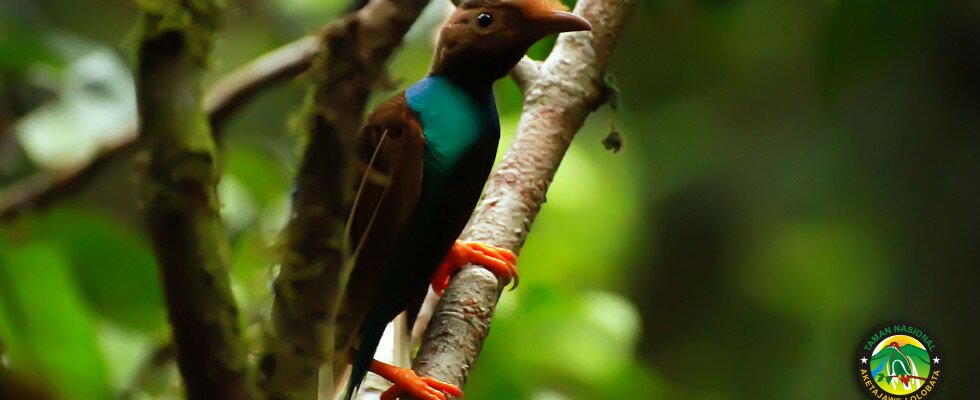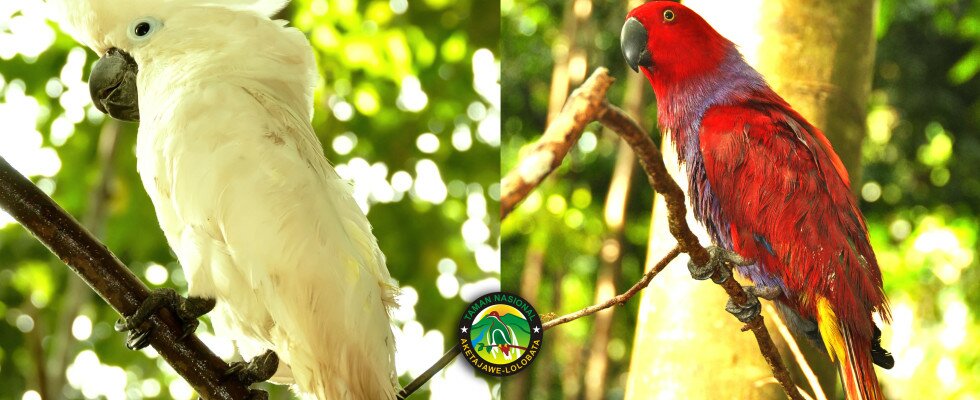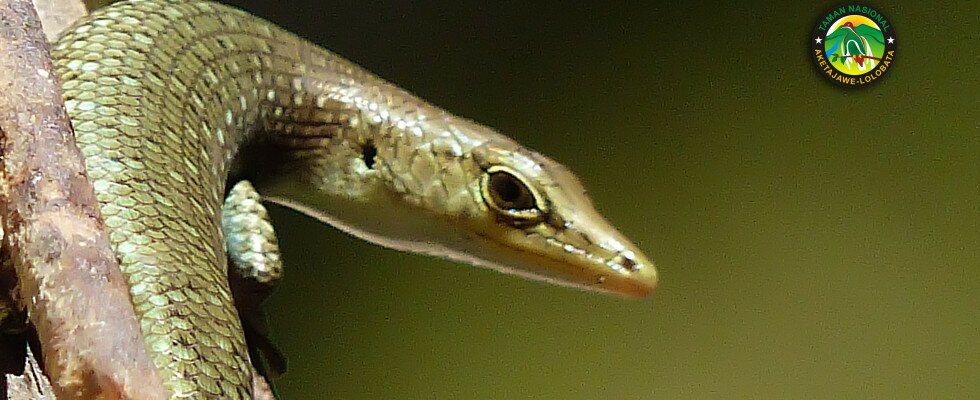A Guide to Seychelles National Parks and Nature Reserves
The Seychelles archipelago, located in the Indian Ocean off the eastern coast of Africa, is a tropical paradise renowned for its pristine beaches, crystal-clear waters, and lush vegetation. This island nation, comprising 115 islands, boasts some of the world's most unique and diverse ecosystems, making it a haven for nature lovers and adventurers alike. Before traveling to the Seychelles, do not forget to take care of accommodation and book apartments in advance, a great selection of which is available at eden-island-seychelles.rentals.
Importance of National Parks and Nature Reserves
National parks and nature reserves play a crucial role in preserving Seychelles' rich biodiversity. These protected areas safeguard the habitats of numerous endemic species, ensuring their survival for future generations. Additionally, they offer visitors a chance to experience the islands' natural beauty while promoting sustainable tourism and environmental awareness.
Key National Parks and Nature Reserves
Morne Seychellois National Park
- Location and Size: Located on Mahé, the largest island in Seychelles, Morne Seychellois National Park spans approximately 3,045 hectares, making it the largest national park in the country.
- Key Features and Attractions: Dominated by the Morne Seychellois mountain, the park offers breathtaking views of the island. Key attractions include the tea plantations and various historical ruins scattered throughout the park.
- Flora and Fauna: The park is home to diverse plant species, including endemic palms and orchids, and a variety of wildlife such as fruit bats and Seychelles kestrels.
- Popular Activities: Hiking is the primary activity, with numerous trails ranging from easy walks to challenging climbs. Bird watching is also popular, given the park's rich avian diversity.
Vallée de Mai Nature Reserve
- Location and Size: Situated on Praslin Island, Vallée de Mai covers an area of 19.5 hectares.
- UNESCO World Heritage Status: Recognized as a UNESCO World Heritage Site in 1983, this reserve is often described as a living museum.
- Unique Features: The reserve is famous for the Coco de Mer palm, which produces the largest seed in the plant kingdom.
- Wildlife and Plant Species: Besides the Coco de Mer, the reserve houses many rare species, including the Seychelles black parrot, bronze geckos, and various endemic insects.
- Visitor Tips: Early morning visits are recommended to avoid crowds and to experience the reserve's tranquil atmosphere.
Aldabra Atoll
- Location and Size: Located over 1,000 kilometers southwest of Mahé, Aldabra is one of the world's largest raised coral atolls.
- UNESCO World Heritage Status: Designated a UNESCO World Heritage Site in 1982 due to its untouched ecosystems.
- Marine and Terrestrial Biodiversity: Aldabra hosts a plethora of marine life, including sharks, manta rays, and turtles, alongside terrestrial species like the giant Aldabra tortoise.
- Importance of Aldabra Tortoises: These tortoises are among the largest in the world, playing a crucial role in maintaining the ecological balance of the atoll.
- Accessibility and Regulations: Access to Aldabra is highly restricted to protect its fragile environment. Visits must be arranged through authorized tours.
Sainte Anne Marine National Park
- Location and Size: Just 5 kilometers off the coast of Mahé, this park encompasses six small islands.
- Marine Biodiversity: The park is renowned for its vibrant coral reefs, teeming with diverse marine life, including reef fish, rays, and sea turtles.
- Coral Reefs and Snorkeling/Diving Spots: The clear waters offer excellent snorkeling and diving opportunities, with well-preserved coral gardens.
- Conservation Efforts and Visitor Guidelines: Efforts to protect the reefs include restrictions on fishing and anchoring. Visitors are encouraged to follow guidelines to minimize environmental impact.
Curieuse Marine National Park
- Location and Size: Adjacent to Praslin Island, Curieuse Marine National Park covers around 2.9 square kilometers.
- Historical Significance: The island was once a leper colony, and remnants of this history can still be explored.
- Key Attractions: Visitors can explore mangrove forests, giant tortoise breeding programs, and the Doctor’s House museum.
- Marine Life and Activities: The waters around Curieuse are rich in marine life, making it a popular spot for snorkeling and diving.
La Digue Veuve Reserve
- Location and Size: Situated on La Digue Island, this reserve spans a modest area, primarily protecting the habitats of the Seychelles Paradise Flycatcher.
- Endemic Species: The reserve is crucial for the conservation of the critically endangered Seychelles Paradise Flycatcher, locally known as "Vev."
- Conservation Challenges and Successes: Ongoing efforts to protect and increase the flycatcher population have seen notable success, though challenges remain due to habitat loss and climate change.
- Best Times to Visit: Early mornings or late afternoons are ideal for bird watching and experiencing the reserve's serenity.
Visiting the Parks and Reserves
Best Time to Visit Seychelles
- Weather Considerations: Seychelles enjoys a tropical climate, with relatively consistent temperatures year-round. However, the best time to visit is during the dry season from May to October.
- Tourist Seasons: The high season, coinciding with the dry season, offers the best conditions for outdoor activities but also sees the highest number of visitors.
Getting Around the Islands
- Transportation Options: Inter-island travel is facilitated by boats, domestic flights, and ferries. Local transport options on the islands include taxis, rental cars, and bicycles.
Eco-friendly Travel Tips
- Sustainable Tourism Practices: Visitors are encouraged to minimize waste, conserve water, and use reef-safe sunscreens.
- Respecting Local Wildlife and Habitats: Maintaining a safe distance from wildlife and following designated trails helps protect the delicate ecosystems.
Activities and Experiences
Hiking and Nature Trails
- Popular Routes and Difficulty Levels: Trails range from easy walks like the Glacis Trois Frères trail in Morne Seychellois to challenging hikes like the ascent to the summit of Mor ne Blanc.
Bird Watching Hotspots
- Endemic and Migratory Species: Key spots include Vallée de Mai for the black parrot and La Digue Veuve Reserve for the paradise flycatcher.
Snorkeling and Diving
- Best Locations and What to Expect: Top sites include the coral reefs of Sainte Anne Marine National Park and the waters around Curieuse Island.
Practical Information
Entry Fees and Permits
- Cost and Where to Obtain Them: Fees vary by park, with permits available at park entrances or through authorized vendors.
Accommodation Options
- Eco-lodges, Resorts, and Camping: Options range from luxury resorts to eco-friendly lodges. Some parks also offer designated camping areas.
Guided Tours vs. Self-guided Visits
- Pros and Cons: Guided tours offer expert knowledge and convenience, while self-guided visits allow for flexibility and personal exploration.
Health and Safety Tips
- Necessary Vaccinations, Health Precautions, and Emergency Contacts: Travelers should ensure routine vaccinations are up-to-date, use mosquito repellent to prevent insect-borne diseases, and be aware of local emergency contacts.
Seychelles' national parks and nature reserves are treasures that offer both natural beauty and critical conservation value. By visiting and supporting these areas, tourists contribute to the ongoing efforts to preserve these unique ecosystems for future generations. Remember to travel responsibly, respect the local environment, and enjoy the unparalleled beauty of Seychelles.






Semioptera wallacei - Bidadari Halmahera
Satwa di Taman Nasional Aketajawe Lolobata
Emoia kordoana
Bronchocelacristatella
Air Terjun di sekitar Taman Nasional
Litoria infrafrenata
